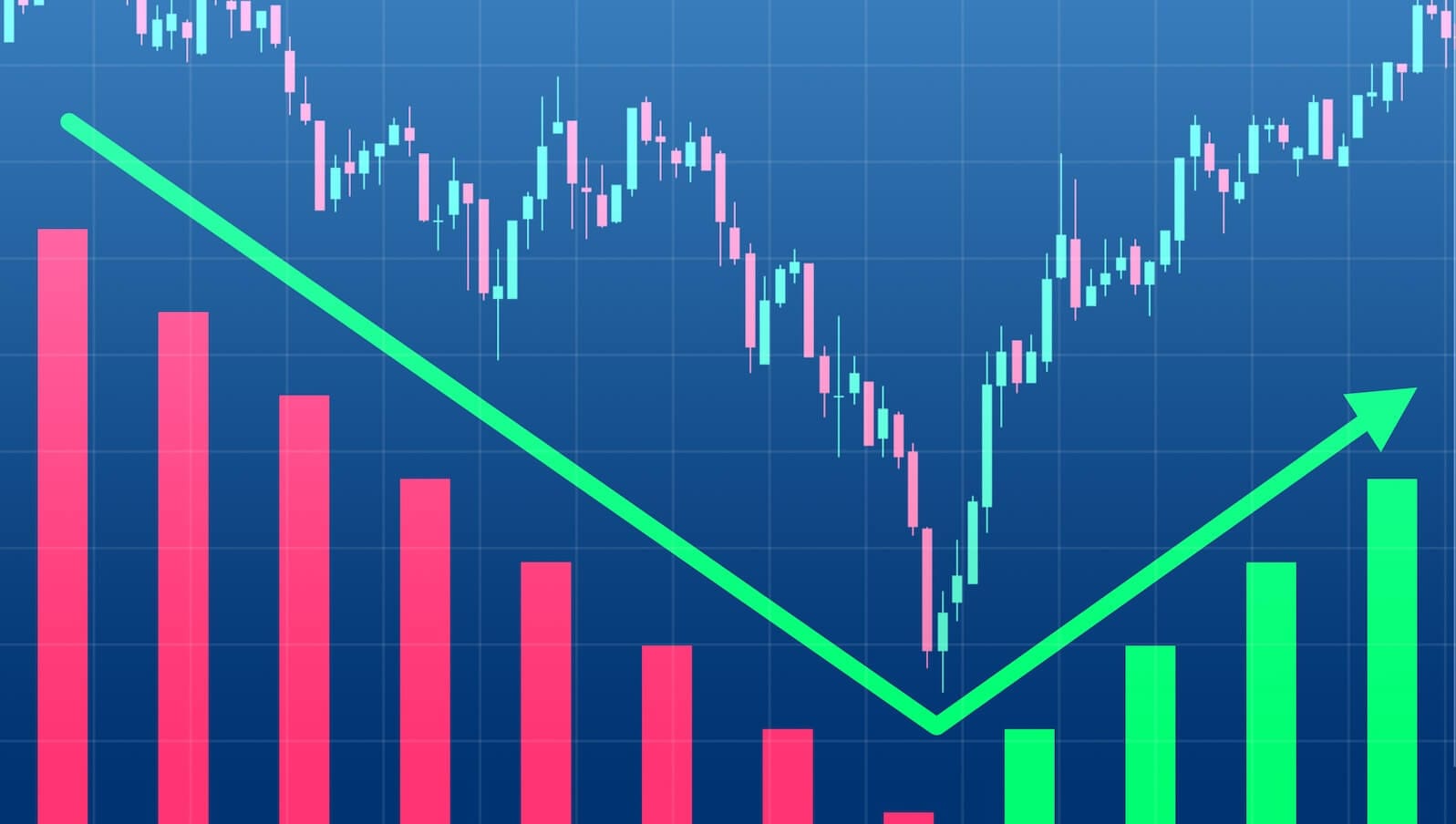StockCharts Insider: What’s the Deal with the S&P 100, 400, and 600 in the Market Summary?
Before We Dive In…
Have you ever wondered why the S&P 100, 400, and 600 show up in the Market Summary? They serve a purpose, mainly to give you a quick read on investor sentiment: whether Wall Street is favoring large-, mid-, or small-caps. Today, I’m going to break this down for you.
Different Size, Different Sentiment
Think of the S&P 100, 400, and 600 as the stock market’s version of large, medium, and small. In this case, we’re dealing with different market cap categories.
Here’s a quick breakdown:
- S&P 100 ($OEX): This is your mega-cap group. Think of Apple, Amazon, and other goliaths that can move the broader market. They’re like the VIPs of the S&P 500 index.
- S&P 400 ($MID): This index represents the mid-cap group; essentially, companies that are well past their startup phase but haven’t grown large enough to be considered major industry players.
- S&P 600 ($SML): These are all small-cap companies. They’re lean, almost entirely domestic (meaning no global operations), yet they have a viable track record of operating as an established business. Among all the S&P indexes, the 600 is probably the most closely tied to the pulse of Main Street—they’re sensitive to anything that affects the economy.
You’ll find these in the Market Summary’s Equities panel, alongside the S&P 500. Think of them as a vibe check on different parts of the market.
Oh, and one more thing—meet the S&P 1500 Composite ($SPSUPX), the “everything bagel” of S&P indexes. It’s the S&P 500, 400, and 600 rolled into one (the S&P 100 is baked into the 500). Covers about 90% of the market, and pros use it as a go-to benchmark for spotting big-picture trends and measuring their own performance.
How to Use Them
If the S&P 400 is popping, it’s telling you that investors are saying, “We want growth, but not too much risk.” If the S&P 600 is outpacing the 100, it’s signaling that investors are in full “risk-on” mode and confident in the economy’s growth. If the S&P 100 is on a tear while the 600 is lagging, it’s telling you that Wall Street wants to take a safer path to growth with the big players in the market.
Keep an eye on these size classes. They give you a strong read into investor sentiment, whether it’s bullish, bearish, or something in between.
But here’s the thing: You’re only seeing a snapshot of what’s happening right now. This raises two important questions:
- How does each index stack up against THE major benchmark, the S&P 500 ($SPX)?
- And what does this relative performance look like over time—are we seeing any trends, or is this outperformance/underperformance a recent thing?
Insider Tip: Look at Relative Performance Over Time
Don’t stop at the snapshot. Check how the S&P small-cap, mid-cap, and large-cap indexes have been performing relative to the main benchmark over a longer stretch.
Steady trends will tell you a lot more about where market leadership might be heading, and how long it has been heading in that direction. To do this, pull up a chart of the S&P 500 on SharpCharts and add Price-Performance in the indicator panel for each index as shown below:
Better yet, click here to see my chart setup. This is what it looks like:
Note the following:
- The S&P 500 is lagging the S&P 100
- Yet, the S&P 500 is outperforming the S&P 400 and 600
What might this tell you? Let's try to decipher it.
What This Combo Might Mean
Leadership is top-heavy: Since April, mega-caps in the S&P 100 have been outpacing the rest of the S&P 500, whose components, in turn, are still beating mid- and small-caps.
Risk appetite is selective: Investors are crowding into the biggest names for “safer” growth and sidestepping mid-sized and smaller companies.
Late-cycle vibes (even if it’s not): This pattern often shows up late in an economic boom. Right now, geopolitical noise and uncertainty may be pushing big capital toward the most liquid, resilient stocks.
Breadth is thin: With fewer stocks leading, the rally’s more fragile if those mega-caps lose steam.
So, what’s this telling you? Enjoy the profitable ride, but keep one eye on the exit.
And That’s a Wrap
Just remember: the 100 = mega-caps, the 400 = mid-caps, and the 600 = small caps. Watching how these indexes perform gives you something of a cheat code to reading market sentiment. It also helps you spot where the action is, and where it might be if the current vibe prevails.









